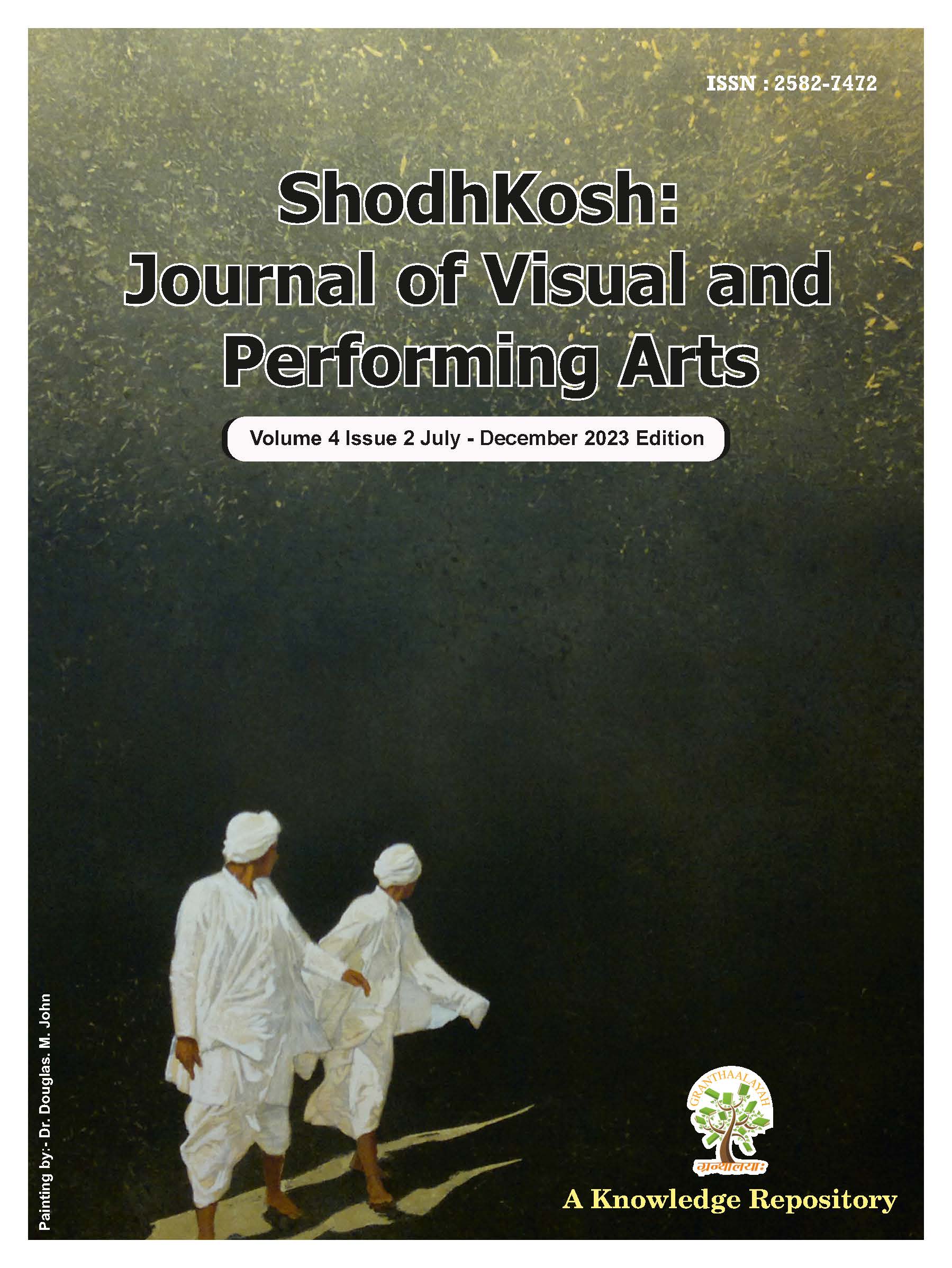A SURVEY REPORT ON THE LINKAGES BETWEEN WOMEN MARKET AND ECONOMIC EMPOWERMENT
DOI:
https://doi.org/10.29121/shodhkosh.v4.i2.2023.5506Keywords:
Women Vendors, Micro-Entrepreneur, Women Market, Economic Dimensions, Empowerment, Etc.Abstract [English]
Empowering women in the economic aspects is one of the major focuses of the present government or organisations, including the G20 (the Group of 20), U.N. Women, etc., by availing economic-centric schemes for income generation in both formal and informal sectors globally. Despite enough evidence of high participation and low evaluation of women in workforces, the participation of women in every field, especially their role in paid economic activities, has become a subject of concern in almost all democratic societies. The participation of women in paid economic activities is a measure of boosting their position or status in society, though gendered work is widely observed in market situations. In this connection, this paper explores the challenges and problems faced by the female vendors or micro-entrepreneurs of a Market in a satellite town of Manipur, North East India, in the context of their role and contribution to economic activities. These women-led markets of Manipur represent vibrant hubs of economic activity, fostering entrepreneurial opportunities, promoting local economies, and enhancing community resilience.
References
Agarwal, Bina (2015) ‘Work Participation of Rural Women in the Third World: Some Data and Conceptual Biases’, in P. Swaminathan (Ed) Women and Work (p: 84). New Delhi: Orient BlackSwan.
Bal, Gurpreet (2016) (Ed). Contemporary Gender Issues: Identity, Status and Empowerment (p: 99). Jaipur: Rawat.
Burman, J.J. Roy (2012, December 12) ‘Marup System that Binds the Meiteis of Manipur together’, URL (consulted 2 September 2019), retrieved from http://www.mainstreamweekly.net/article3879.html
Dollinger, Marc J. (2008) Entrepreneurship: Strategies and Resources. U.S.A.: Marsh Publications.
Gandhar, Naorem (1983) Kakching Socio-Economic Survey. Kakching: MDB.
Habermas, Jurgan (1975) ‘Legitimation Crisis’ (Translated by Thomas McCarthy). Boston: Beacon Press.
Lilee, M. (2018) ‘Evolution of Women Market in a Scheduled Caste Town: A Social History’, Asia Pacific Journal of Research, 1(XCIV): 65.
Lilee, M. (2019). ‘Socio-Economic Status Of Women Vendors: A Case Study’, Contemporary Social Sciences (CSS), 28(2): 23.
Neff, Daniel and Betz, Jaochim (2017) ‘Gender Justice as an International Objective: India in the G20’, German Institute of Global and Areas Studies (G.I.G.A.), retrieved from https://www.jstor.org/stable/resrep24793
News18.com. (2017, September 19) ‘9 Schemes for Women Entrepreneurs in India’, URL (consulted on 11November, 2019), retrieved from https://www.news18.com/news/indiwo/work-and-career-9-schemes-for-women-entrepreneurs-in-india-1522125.html
Sanatombi, Angomcha (2011, June 15) ‘Chit-Fund (Marup) Culture in Manipur’, URL (consulted on 12 May, 2018), retrieved from http://kanglaonline.com/2011/06/chit-fund-marup-culture-in-manipur/
Singha, R.K.P.G. (2013) ‘Emerging Status of Women in Contemporary Manipuri Society’, in Harendra Sinha and Sanjay Sinha (Eds) Women in North-East India: Status, Empowerment and Development Perspectives. New Delhi: Akansha Publishing House.
Downloads
Published
How to Cite
Issue
Section
License
Copyright (c) 2023 Dr. Mayanglambam Lilee

This work is licensed under a Creative Commons Attribution 4.0 International License.
With the licence CC-BY, authors retain the copyright, allowing anyone to download, reuse, re-print, modify, distribute, and/or copy their contribution. The work must be properly attributed to its author.
It is not necessary to ask for further permission from the author or journal board.
This journal provides immediate open access to its content on the principle that making research freely available to the public supports a greater global exchange of knowledge.































